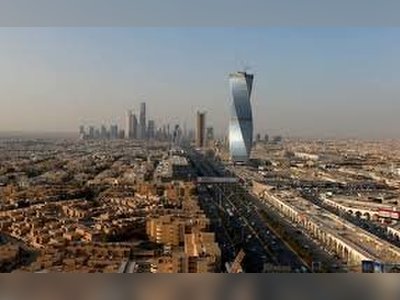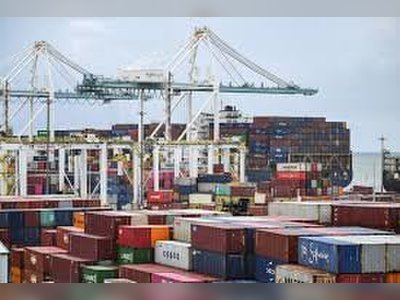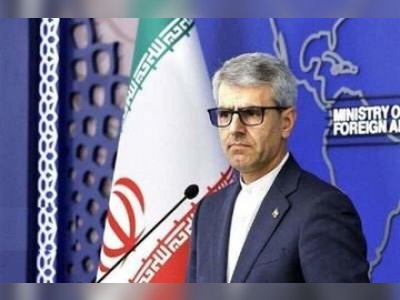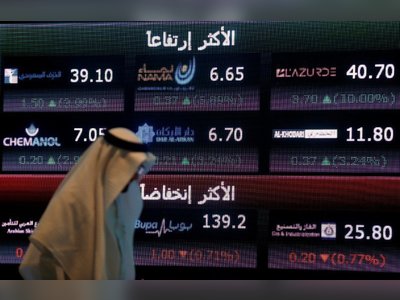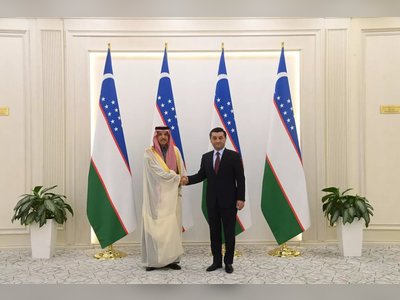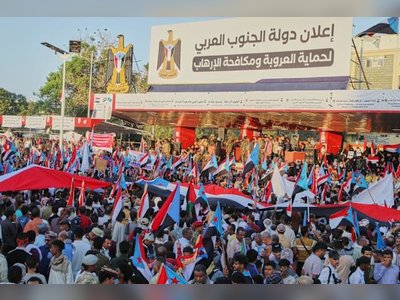
How Egypt is going back to nature to power its future
Egypt enjoys an abundance of the two best ingredients for renewable, clean energy; sun and wind. Throw in a population that increases by about two million newborns a year and generating energy from nature’s freely available gifts becomes a no brainer.
The north African country could see up to $60 billion in investments in renewables over the next 20 years, energy expert Hafez El Salmawy told Arabian Business.
The figure might seem high “but Egypt is an attractive source (for investments) and the electricity sector has a clean track record of abiding by agreements and payments and the state is keen to keep this record clean,” El Salmawy said.
The government has shifted tactics taking several steps to boost the nation’s total capacity to the current 50 gigawatts. By comparison, oil-rich Saudi Arabia has about 80 gigawatts produced by a mix of resources.
“Considering that Egypt is a developing country, this capacity (50 GW) is quite good. It ranks the first in Africa and the fifth in the Mediterranean basin after the likes of France and Spain,” said El Salmawy.
In addition to being a professor of energy engineering at Zagazig University, El Salmawy also served as president of the Association of Mediterranean Energy Regulators (MEDREG) in 2006-2015. The gathering of 27 countries spanning the EU, the Balkans and MENA regions promotes energy market integration and infrastructure investments.

The country’s overall capacity of 50 gigawatts has been boosted by three power plants co-built by Siemens and Benban, which is a $4 billion solar park in the south and one of the world’s biggest, according to Bloomberg. In 2017, Egypt signed a $30 billion deal with Russia to build North Africa’s first nuclear power plant, with capacity of 4.8 gigawatts.
As it stands, access to electricity is 100 percent throughout the country but chronic power outages caused such frustration among people that it was a key factor in the 2013 ouster of Islamist President Mohamed Morsi. This signalled the need to find reliable energy alternatives and better ways of managing the resources.
Currently, Egypt is implementing the 2015-2035 strategy to modernise the energy sector. The strategy was modified to stretch to 2040 and one of its main pillars is to make renewables a priority and learn from past mistakes such as intensive reliance on natural gas to fire the plants.

“Egypt does not suffer any lack of resources to generate power but the challenge is encouraging investments – including the local ones - and the concentration of people in tight areas like along the Nile Valley,” El Salmawy said.
To encourage people to step out of these dense zones into other areas in Egypt requires setting up a strong infrastructure including for powering factories, hospitals and schools.
“Now 42 percent of the generated power is used for home electricity and does not give any added value,” El Salmawy said pointing out that more needs to be done to energise the economy and create employment opportunities for the burgeoning population.
He cited the example of Japan where every kilowatt-hour pumps $2.4 into the gross domestic product (GDP). “In Egypt, the ratio is 1:1 which means this energy intensity must increase,” El Salmawy explained.
“To attract the private sector more, the regulatory framework must be hospitable and new funding mechanisms must be created to bring in the local investments,” said El Salmawy.
Recent figures show the government purchased electricity from private renewable energy providers worth LE6 billion (about $380 million) in 2019-2020. The solar park, Benban, was the biggest provider. Other sources included wind farms and excess produced by solar panels atop factories and houses, electricity ministry sources told El Mal newspaper in August.
“This figure of LE6bn is not big but as private sector investments increase so will its contributions to the overall economy,” El Salmawy said.
The best thing about renewable energy, he pointed out, is that it is predictable and its cost of production has nearly halved since it was discovered as an alternative to traditions sources such as coal and fossil fuel. The price of crude petroleum for example rises and falls unlike the steady renewables which make investors sign up for a project knowing all the maths well ahead.
Factor in that renewables are environment-friendly and they will tick all the boxes for governments, investors and citizens, he added.
On the wind power front, authorities have allocated 1,200 kilometres in the Gulf of Suez for wind farms. Another 6,000 kilometres have been set aside in the middle region of Egypt.

The expectation is that 12,000 MW can be generated from these areas, El Salmawy said noting that the modified energy strategy aims to have 20,000 MW generated from wind power by 2040.
With “wind currently providing 14 percent, solar 25 percent and hydro power 2 percent respectively (of the total renewable energy output), all will help reduce the nation’s reliance on fossil fuel while decreasing the impact of climate change,” Saad Ayman, the managing director for Siemens Gamesa in Egypt, told Arabian Business.
As the way opened for private wind farms, Siemens Gamesa stepped in and now has 91 percent market share in Egypt, said Ayman citing the 1248 MW combined capacity of the company’s wind energy products in Egypt.
The Spain-based company is the result of the 2017 merger between Siemens Wind Power and Gamesa.
The company’s first constructed wind farm was the 262 MW project in Ras Ghareb in 2018. It is currently delivering wind turbines for the Dutch Lekela Power company’s 250 MW project in the Gulf of Suez.
“We are proud to be part of the Egypt’s journey to a future built on clean energy,” Ayman said.
